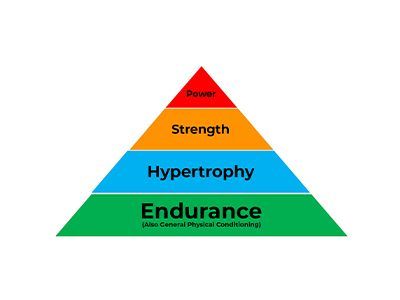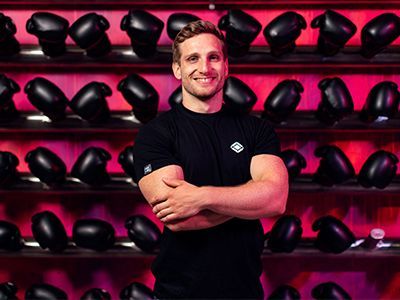The Importance of Health Screening
When it comes to embarking on a fitness journey, people often rush into the gym with zeal and enthusiasm, eager to transform their lives. However, it is crucial to remember that one size does not fit all when it comes to physical activity.
Assessing Risk
Health screening is not meant to discourage people from exercising but rather to ensure their safety while doing so. It helps fitness professionals understand their clients' health conditions, potential limitations, and risks associated with physical activity. This information allows trainers to design appropriate exercise programs tailored to individual needs and goals.
Use Empathy and Discretion
Collecting personal health information can be a sensitive process. It's essential for fitness professionals to approach health screening with empathy, discretion, and understanding. Clients may feel vulnerable sharing their medical history, so it's crucial to create a safe and non-judgmental environment. The information collected during screening should be treated with the utmost confidentiality, adhering to privacy regulations and ethical standards.
Take a holistic view
Health screening should encompass a wide range of factors beyond just medical history. It should include assessments of lifestyle, fitness levels, dietary habits, stress levels, and mental health. By gathering comprehensive data, we can create a holistic view of a clients' well-being. This broader perspective helps in designing fitness programs that address not only physical health but also mental and emotional aspects, promoting overall wellness and exercise adherence.
Adult Pre-Exercise Screening System (APSS)
The APSS is a widely accepted tool for health screening in the fitness industry. It consists of six major questions that help identify potential health risks:
1. Has your medical practitioner ever told you that you have a heart condition, or have you ever suffered a stroke?
2. Do you ever experience unexplained pains or discomfort in your chest at rest or during physical activity/exercise?
3. Do you ever feel faint, dizzy or lose balance during physical activity/exercise?
4. Have you had an asthma attack requiring immediate medical attention at any time over the last 12 months?
5. If you have diabetes (type 1 or 2) have you had trouble controlling your blood sugar (glucose) in the last 3 months?
6. Do you have any other conditions that may require special consideration for you to exercise?
These six questions can trigger a referral to an allied health professional when necessary. For example, if a client reveals a known medical condition, is taking medications, or experiences discomfort during physical activity, it may warrant further evaluation by a healthcare provider. This referral process ensures that clients with specific health concerns receive the appropriate care and guidance.
Legal Considerations and Advantages
Implementing a comprehensive health screening process has legal considerations and advantages. From a legal perspective, having clients sign informed consent forms and clearly outlining the purpose of health screening helps protect both fitness professionals and clients in case of any unforeseen health issues during exercise. It demonstrates a commitment to safety and accountability.
Take Home Message
The advantages of health screening are manifold. It enhances client safety, reducing the risk of exercise-related injuries. It allows for personalised fitness program design, increasing the chances of clients achieving their fitness goals effectively. Moreover, it builds trust between clients and fitness professionals, showcasing a commitment to their well-being.
Ultimately, health screening is an investment in the health and happiness of our clients.
Share this blog
Read more from Academy of Fitness and High Performance











